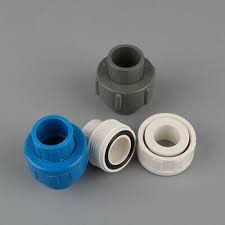BobbytheBus
Member
I'm putting the softener together and I noticed the instructions only mention to use silicone on the control valve distributor o'ring. It doesn't mention to use silicone on any of the other o'rings. I also have an alternating Valve and that one doesn't mention to use silicone either on the o'rings. Should I be using silicone on all o'rings or just the control valve distributor one?

